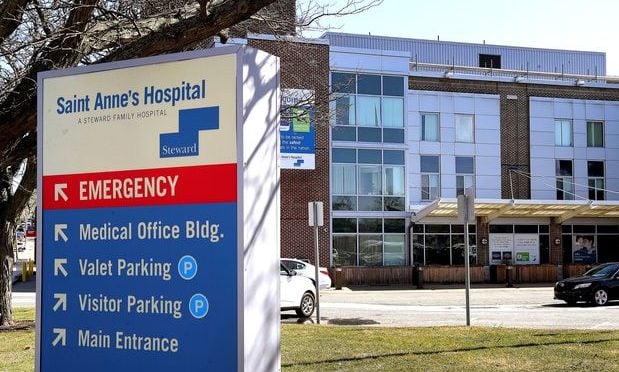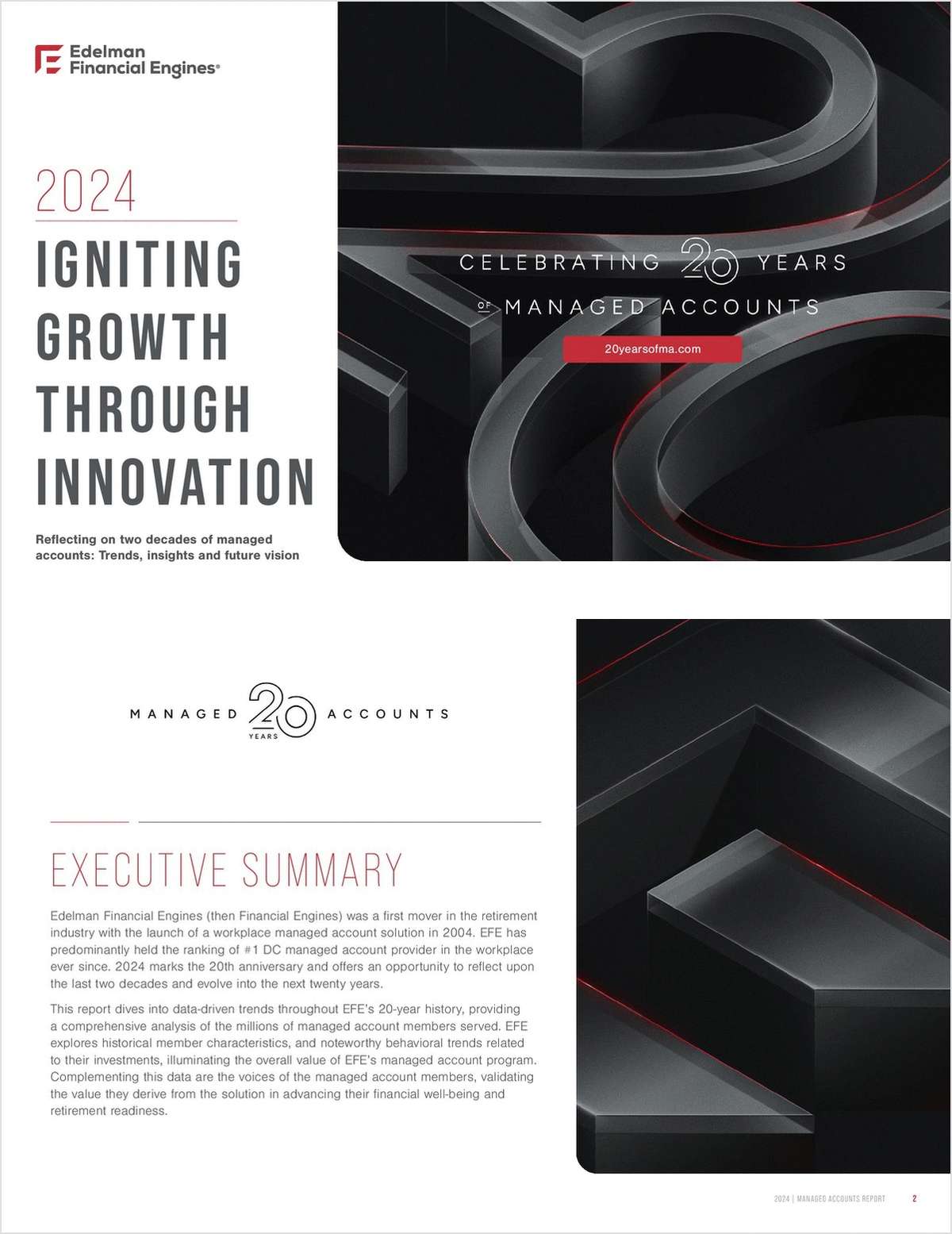The emergence of a pair of "wonder drugs" that cure Hepatitis C are driving up drug spending costs for employer sponsored health plans. But because of the effectiveness of the drugs, they are reducing overall spending in the long run.
This quid-pro-quo situation was identified by Truven Health Analytics when it reviewed private sector claims data. Truven, in producing its Healthcare Spending Index, reviewed a decade's worth of data to determine trends in health care spending. The big pop from the study came from the Hep C drug information.
"While prescription drug costs are a relatively small part of private insurance spending and showed relatively slower growth in recent years, the latest data show that prescription drug spending is now growing faster than hospital and professional spending," Truven reported. "For the four quarters ending in second quarter 2014 prescription drug spending grew 9.6 percent for the year, compared to 1.5 percent growth for the prior year. This is a direct result of the introduction of two drugs — Sovaldi and Olysio — that offer effective treatment of Hepatitis C. Together, these two drugs comprised 3.3 percent of total prescription drug spending between the fourth quarter of 2013 and the second quarter of 2014."
Continue Reading for Free
Register and gain access to:
- Breaking benefits news and analysis, on-site and via our newsletters and custom alerts
- Educational webcasts, white papers, and ebooks from industry thought leaders
- Critical converage of the property casualty insurance and financial advisory markets on our other ALM sites, PropertyCasualty360 and ThinkAdvisor
Already have an account? Sign In Now
© 2024 ALM Global, LLC, All Rights Reserved. Request academic re-use from www.copyright.com. All other uses, submit a request to [email protected]. For more information visit Asset & Logo Licensing.








